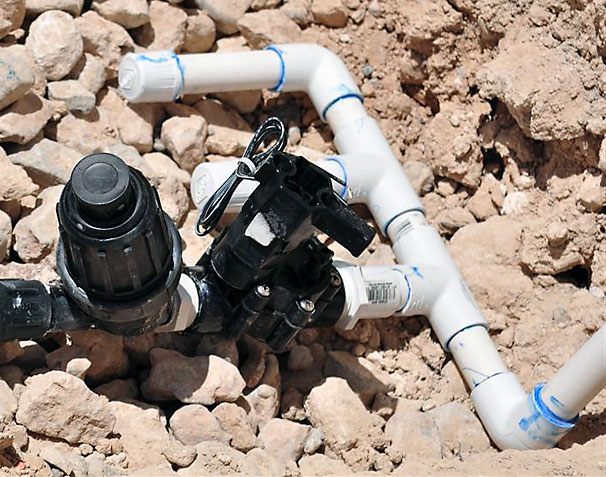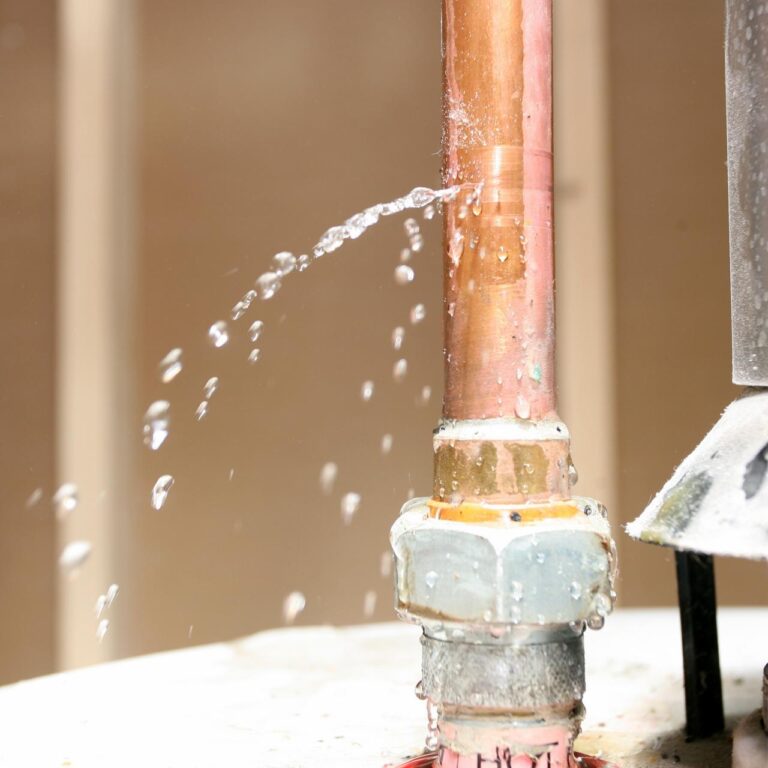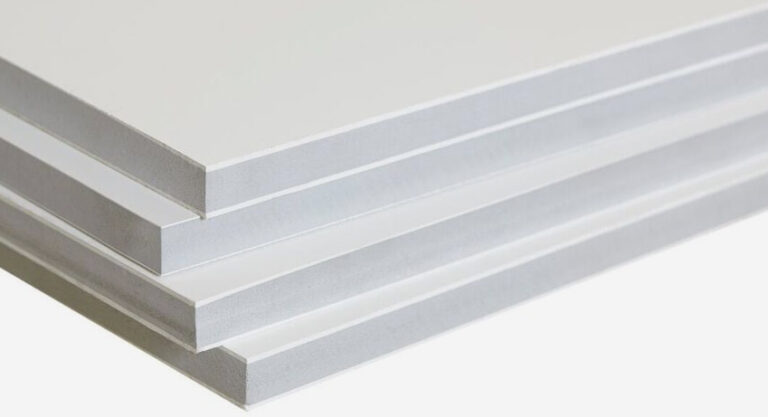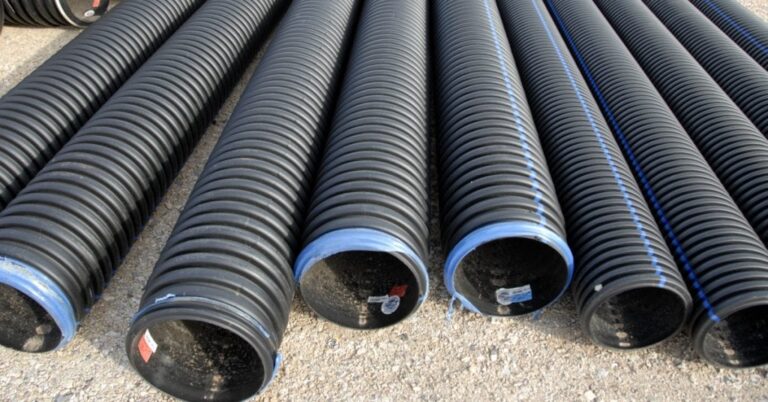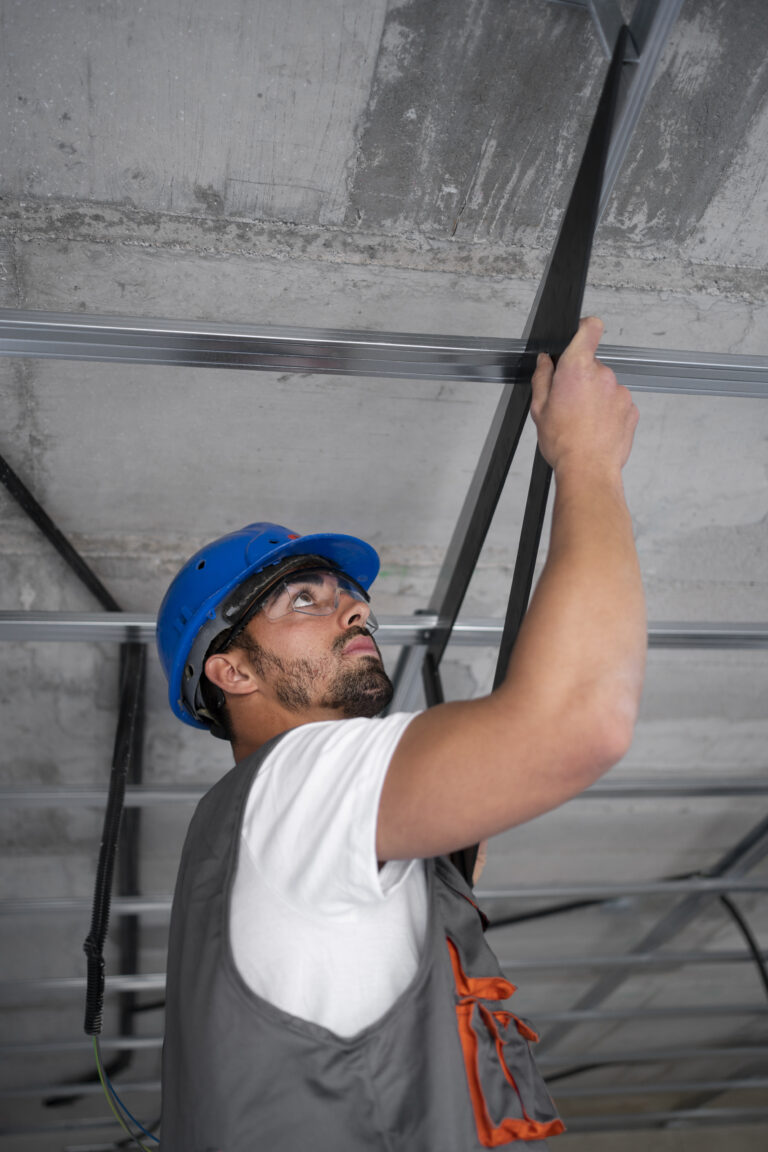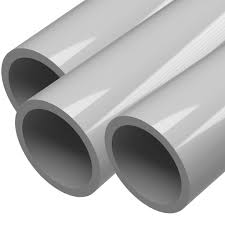What Can Damage PVC?
Polyvinyl chloride (PVC) is a versatile material that is used in a variety of projects and applications, from pipes and fittings to window frames and more. However, PVC can be damaged by certain elements, such as UV light, chemicals, and extreme temperatures. This article will discuss what can damage PVC and how to protect it from these potential dangers. It will also provide tips on how to repair or replace damaged PVC.
Causes of PVC Damage
PVC is a popular material used in construction due to its durability and low cost. However, it can be susceptible to damage if not cared for properly. This article will discuss the common causes of PVC damage and how to prevent it.
One of the most common causes of PVC damage is exposure to extreme temperatures. PVC is not designed to withstand temperatures above 140° Fahrenheit or below 0° Fahrenheit, so if PVC materials are exposed to these temperatures for an extended period of time, they can become brittle and begin to crack. It is important to keep PVC materials away from extreme heat sources to prevent this type of damage.
Another cause of PVC damage is exposure to certain chemicals. PVC is not resistant to certain chemicals such as chlorine, petroleum, and certain acids. If these chemicals come into contact with PVC, it can cause the PVC to become brittle and eventually crack. It is important to make sure that any chemicals used near PVC are not harmful to the material.
Finally, physical damage can also cause PVC damage. If PVC is exposed to too much force, it can become brittle and begin to crack. This is why it is important to use caution when handling PVC materials and to make sure that they are not being subjected to too much force.
Overall, PVC is a durable material, but it can be susceptible to damage if it is not cared for properly. It is important to keep PVC away from extreme temperatures, harmful chemicals, and physical force in order to prevent damage. By taking these steps, PVC materials should remain in good condition for many years.
Identifying Signs of PVC Damage
PVC (polyvinyl chloride) is a strong, durable plastic material that can be used in a variety of applications from plumbing to roofing and more. While PVC is generally very resilient, it can be damaged by a variety of factors. Learning to identify signs of PVC damage is important for preventing further damage and ensuring the structural integrity of the material.
The most common signs of PVC damage are cracking, warping, fading, and discoloration. Cracking usually occurs when the material is exposed to extreme temperatures or sudden pressure. Warping is often caused by moisture or exposure to certain chemicals. Fading and discoloration happens when the material is exposed to UV light or other environmental factors.
In addition to these visual signs, PVC can also be damaged by corrosion caused by acidic or alkaline substances. Corrosion causes the material to become weakened and brittle, leading to cracks and other damage. It’s also important to be aware of any strange smells coming from the PVC, as this may be a sign of chemical damage.
By being aware of the signs of PVC damage, you can take the necessary steps to protect the material from further damage. This includes controlling the temperature and moisture levels in the area, using protective coatings or sealants, and avoiding exposure to corrosive substances.
Effects of PVC Damage
PVC is a versatile material often used in construction, plumbing, and in industrial applications. Unfortunately, it is not immune to environmental damage. Knowing what can damage PVC is essential for taking the proper steps to protect and maintain it.
The most common cause of PVC damage is weathering, which occurs when the material is exposed to UV light and other elements. This causes the material to become brittle and can lead to cracking, splitting, and eventual failure. In addition to weathering, extreme temperatures can also have a negative effect on PVC. High temperatures can cause the material to become soft and malleable, while freezing temperatures can cause it to become brittle and crack.
Chemicals can also damage PVC. Certain substances, such as ammonia, chlorine, and other acidic compounds, can cause the PVC to corrode and break down. Other substances, such as solvents, can cause the material to soften and become distorted.
Given the potential for PVC damage, it is important to take the necessary steps to protect it. This includes using protective coatings, such as paint or lacquer, to protect the material from UV light and harsh conditions. It is also important to avoid exposing the material to any harsh chemicals or solvents. By taking these steps, you can ensure that your PVC remains in good condition for many years to come.
Preventing PVC Damage
PVC (Polyvinyl Chloride) is a popular material used in many industries, from construction to medical supplies. As durable as PVC can be, there are certain conditions that can damage it over time. In order to ensure your PVC products last for years, it’s important to understand what can damage it and how to prevent it.
The most common cause of PVC damage is exposure to UV light. This type of light can cause the material to become brittle, resulting in cracking and breakage. To protect PVC from UV light, it is important to store it away from direct sunlight and other sources of strong UV light. Additionally, using a protective UV-blocking coating can help protect the material from UV damage.
Temperature extremes can also contribute to PVC damage. Too much heat can cause the material to become soft and malleable, while too cold can cause it to become brittle and crack. When storing PVC, it is important to make sure it is kept at a consistent temperature. Extreme temperatures should be avoided whenever possible.
Chemicals can also damage PVC. Many solvents, acids, and alkalis can cause PVC to become brittle and crack. It is important to make sure that your PVC is not exposed to any of these substances, as they can cause permanent damage.
Finally, physical damage can also cause PVC to become brittle or crack. It is important to handle all PVC products carefully to prevent any unnecessary damage. If you need to move the material, make sure it is properly supported to prevent any bending or stress on the PVC.
By understanding what can damage PVC and taking the appropriate steps to prevent it, you can ensure that your products last for years. Taking the time to understand and protect your PVC will help you save money and time in the long run.
Repairing PVC Damage
PVC, or polyvinyl chloride, is a commonly used building material that is strong, durable, and weather-resistant. But, like any material, it can be damaged and susceptible to wear and tear. Understanding what can damage PVC and how to repair it is essential for preserving and protecting the material over its lifetime.
Damage to PVC can be caused by exposure to the elements, such as sun, wind, and rain, as well as wear and tear due to use. PVC can also be damaged by harsh chemicals, such as bleach, and solvents. If left unchecked, this damage can cause the material to weaken and break down, resulting in costly repairs.
Fortunately, there are a few ways to repair PVC damage, such as patching up holes or cracks with epoxy, using a sealant to fill gaps, and replacing damaged sections. It’s important to note that these repairs should only be made by a professional to ensure the best possible outcome. Additionally, it’s also important to regularly check PVC for signs of damage, as this can help you address any potential issues before they become more serious.
Professional PVC Damage Services
PVC (polyvinyl chloride) is an incredibly durable and versatile material used in a variety of applications. It’s especially popular for use in piping, construction, and automotive parts. However, due to its strength and resilience, it can also be vulnerable to damage. In this blog post, we will discuss what can damage PVC and how to avoid it.
Various environmental factors can cause damage to PVC, such as extreme temperatures, UV radiation, and chemical exposure. Heat and UV radiation can cause discoloration, cracking, and brittle PVC. Chemical exposure can cause staining, corrosion, and weakening of the material. Additionally, improper installation or use of the wrong tools can cause structural damage to the PVC.
To avoid damage to PVC, make sure to properly install the material and use the right tools. Also, avoid exposing the material to extreme temperatures, chemicals, and abrasive surfaces. If possible, use protective covers and coatings to protect the PVC from environmental factors.
Professional PVC damage services can help to repair and restore PVC after it has been damaged. They can provide advanced techniques to remove stains, repair cracks, and strengthen the material. Professional PVC damage services can also clean and repair PVC, and provide advice on how to avoid future damage.
FAQs About the What Can Damage PVC?
1. What can cause damage to PVC pipes?
A: Damaging factors to PVC pipes include extreme temperature changes, UV radiation, excessive pressure, physical damage, and certain chemicals and cleaners.
2. Can PVC be damaged by water?
A: Yes, PVC pipes can be damaged by water if the water is too hot or too cold, or if it is subject to excessive pressure.
3. Can PVC be repaired?
A: Yes, PVC pipes can be repaired using special repair kits. The kits come with instructions and supplies to make the repair.
Conclusion
PVC can be damaged by a variety of things such as UV radiation, extreme temperatures, chemical exposure, and physical damage. It is important to take the necessary precautions to ensure that PVC is properly protected from these potential dangers, as they can cause significant damage to the material.


